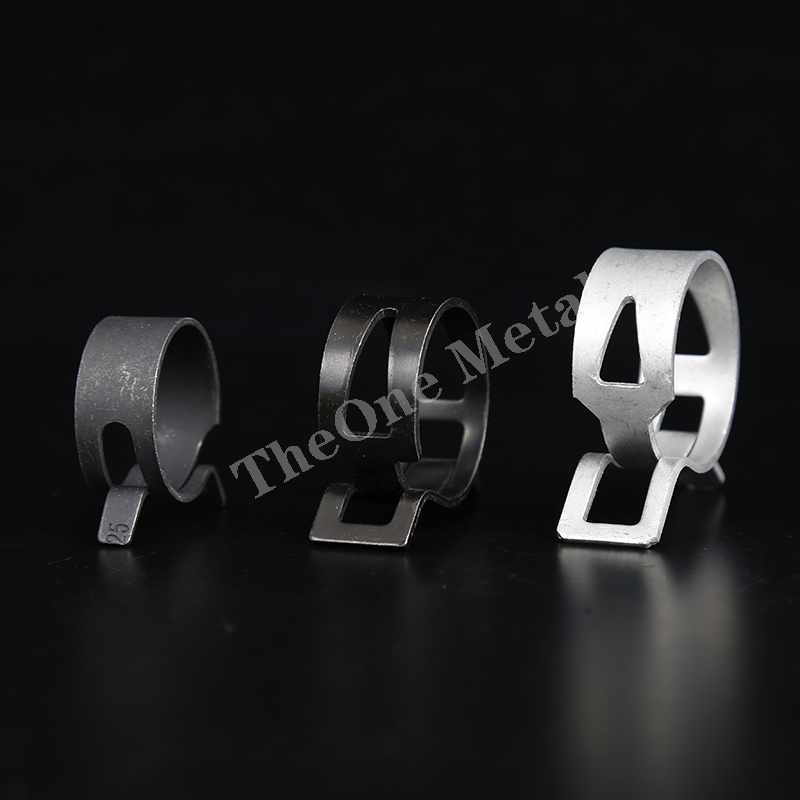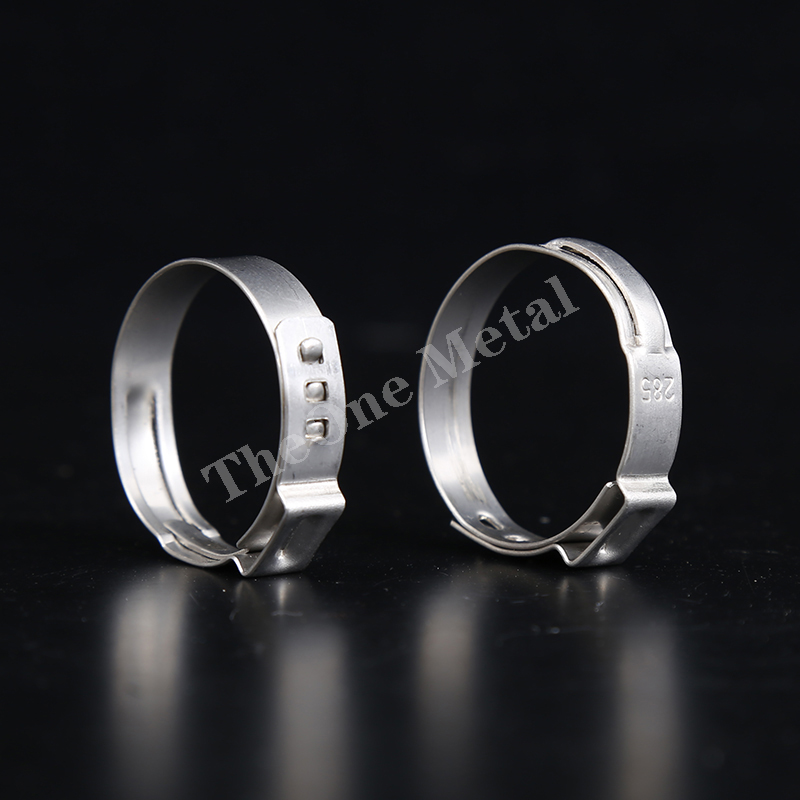the best hose clamps for your projects, there are a few important points to consider. This section will outline those factors, including adjustability, compatibility, and materials. Be sure to read this section carefully to understand all that goes into choosing the best hose clamps.
Type
There are a few different types of hose clamps, and they each have their strengths and functions.
· Screw clamps: Screw-style hose clamps feature a long stainless steel band that wraps around itself as well as a screw that the installer can use to tighten the band. As the installer tightens the screw, it pulls the two ends of the band in separate directions, applying a lot of pressure. Also, their design allows screw-type hose clamps to adjust for several sizes of hose.
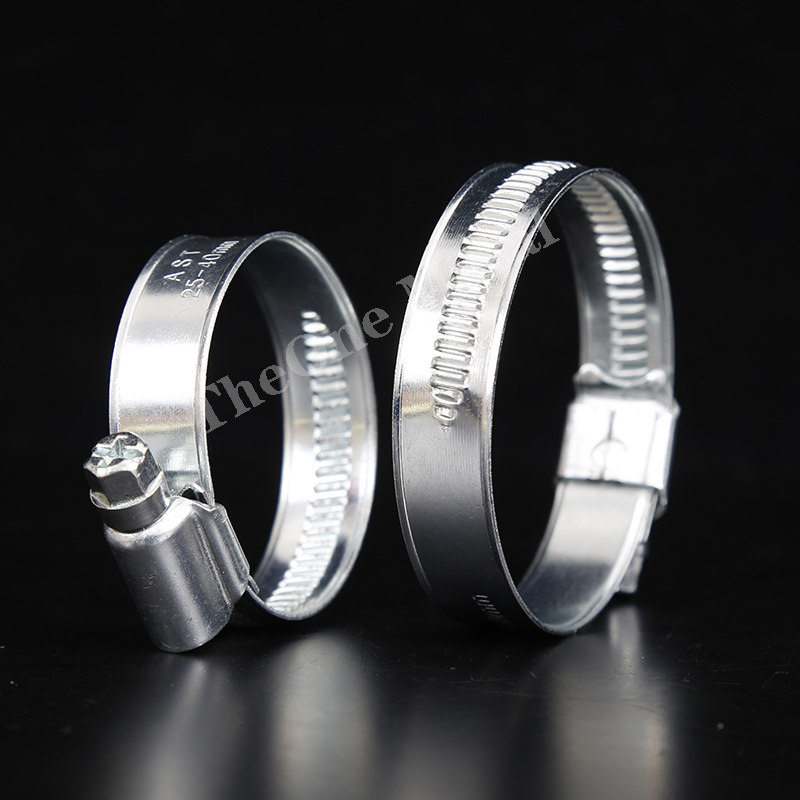
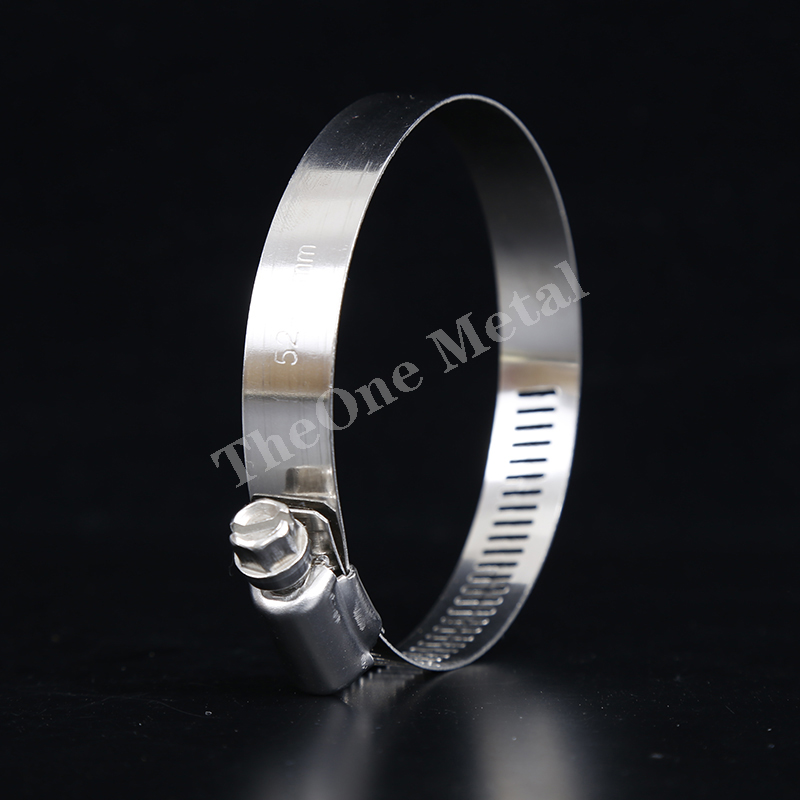
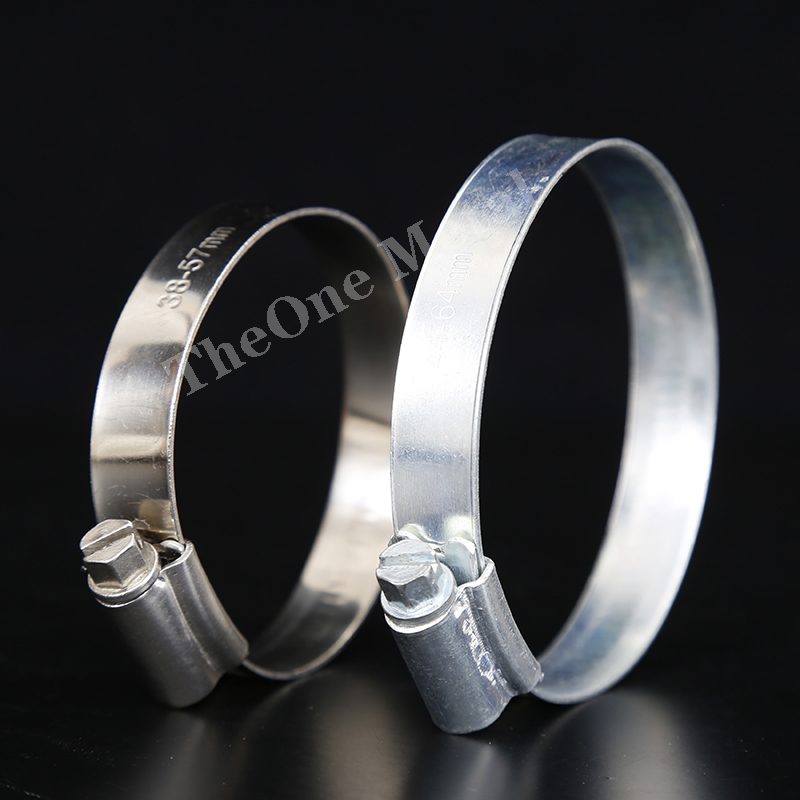
· Spring clamps: Spring-style hose clamps are made from one piece of steel bent to a specific diameter. There are two tabs that the user can squeeze with a pair of pliers to open the clamp. Once released, the clamp springs shut, applying pressure to the hose. These clamps are fast to install, but they’re not adjustable. They can also be a bit finicky in tight spots.
· Ear clamps: Ear-style clamps are made from one band of metal that wraps around itself like a screw-type clamp but quite a bit thicker. These clamps have a metal tab that sticks up from the band and several corresponding holes for the tab to slip into. The installer uses a special pair of pliers to squeeze the ear (a collapsible section of the clamp), pulling the clamp shut and allowing the tab to drop into place.
Material
Hose clamps are put in some difficult positions—quite literally. They’re often in damp environments or exposed to corrosive liquids. For that reason, it’s important to choose one made from the best material so the repair or installation will last and stay leak-free.
It’s almost a rule that the best hose clamps must be stainless steel in construction. Stainless steel is strong, durable, and resists corrosion. Heat-treated spring steel is also an option, though it’s not as corrosion resistant as stainless steel. Lesser materials will rust quickly, as condensation and chemicals will hasten the oxidation. Once a clamp becomes weak enough, it can separate under pressure
Compatibility
Using the right type of clamp for a particular job is important. For example, tightening a hose over a barbed fitting with several ribs is not a job for a thinner clamp; if the clamp isn’t on perfectly straight, it won’t apply even pressure across a set of ribs—that’s a recipe for a leak.
For barbed fittings, using a clamp with a flat band like a screw-type or ear clamp is best. Spring-style clamps are excellent for clamping a hose over a grooved fitting, such as a radiator fitting in a vehicle.
The hose’s material doesn’t matter as much as sizing the clamp properly. Forcing a clamp that’s too small will cause the hose to buckle, if it even works at all. Using a clamp that’s too large simply won’t apply enough pressure.
Safety
There are a few points to consider when it comes to using hose clamps safely.
· Manufacturers stamp band-style clamps from long sheets of stainless steel. The stamping process can leave a razor-sharp edge on the end of the band. Be careful when handling them.
· Spring clamps can be a bit unstable when pinched in the jaws of a pair of pliers. It’s best to wear eye protection to avoid accidentally taking a rogue hose clamp to the eye.
· While a hose clamp is a simple design, they do apply pressure very quickly. If you’re holding the clamp in place while tightening, be sure to hold the outside of the clamp. Any skin caught between the clamp and the hose is susceptible to a nasty little injury.
With that prior to he best hose clamps, choosing the best type for a project won’t be quite as challenging. The following list of some of the best hose clamps will make it even easier. Be sure to compare each type to choose the right one for the project, and be sure to keep the top considerations in mind.
Post time: Apr-15-2021

